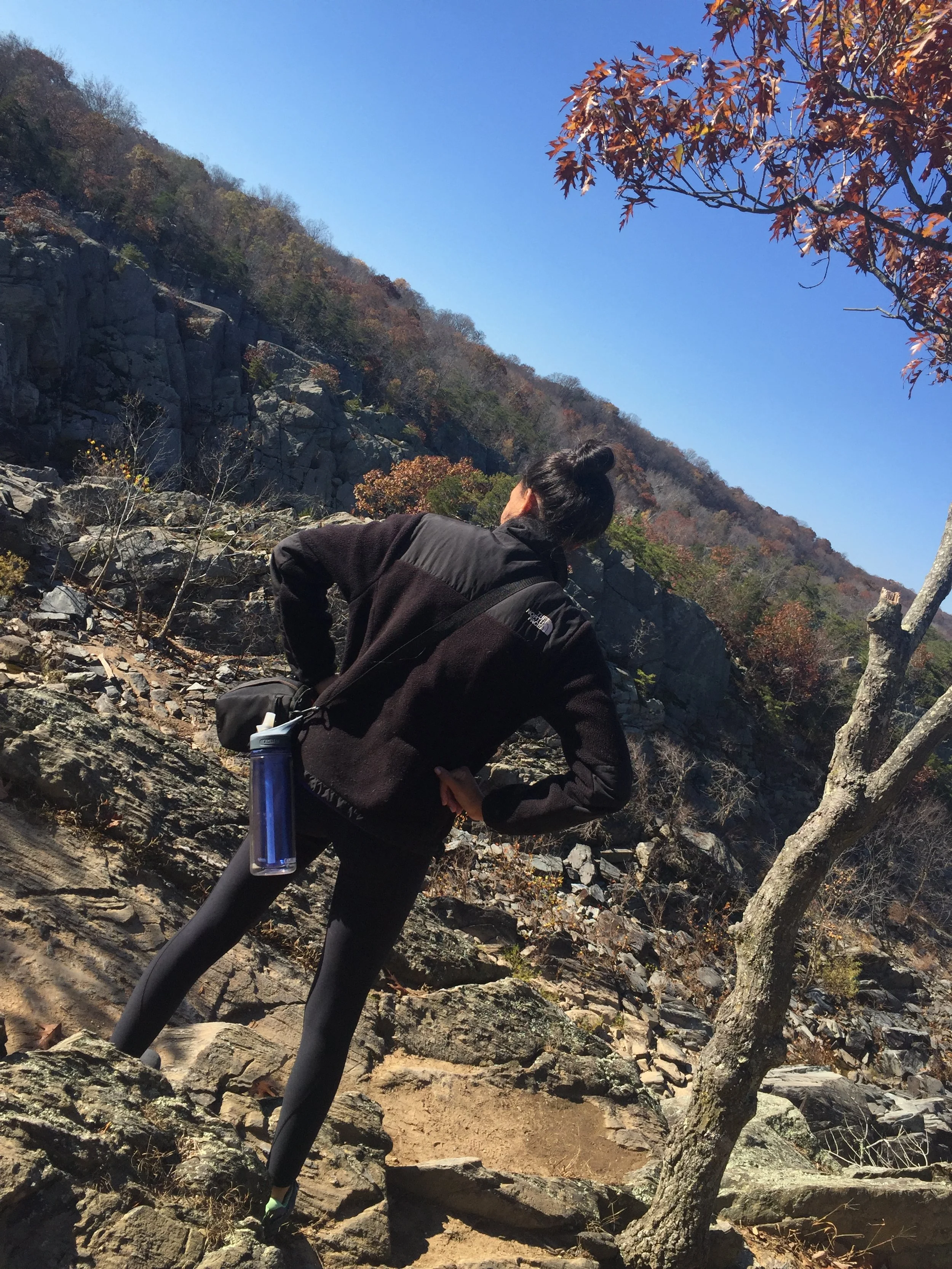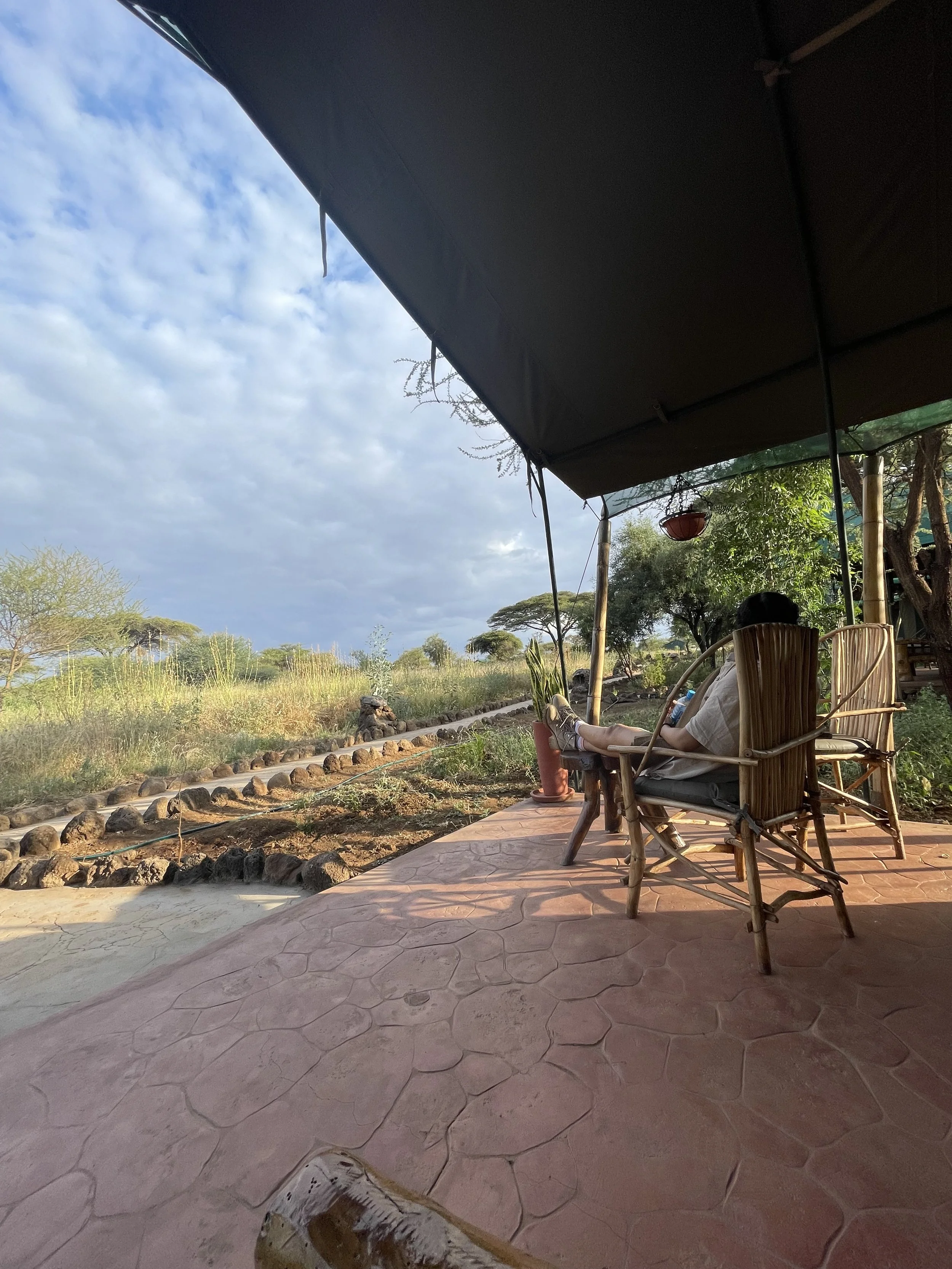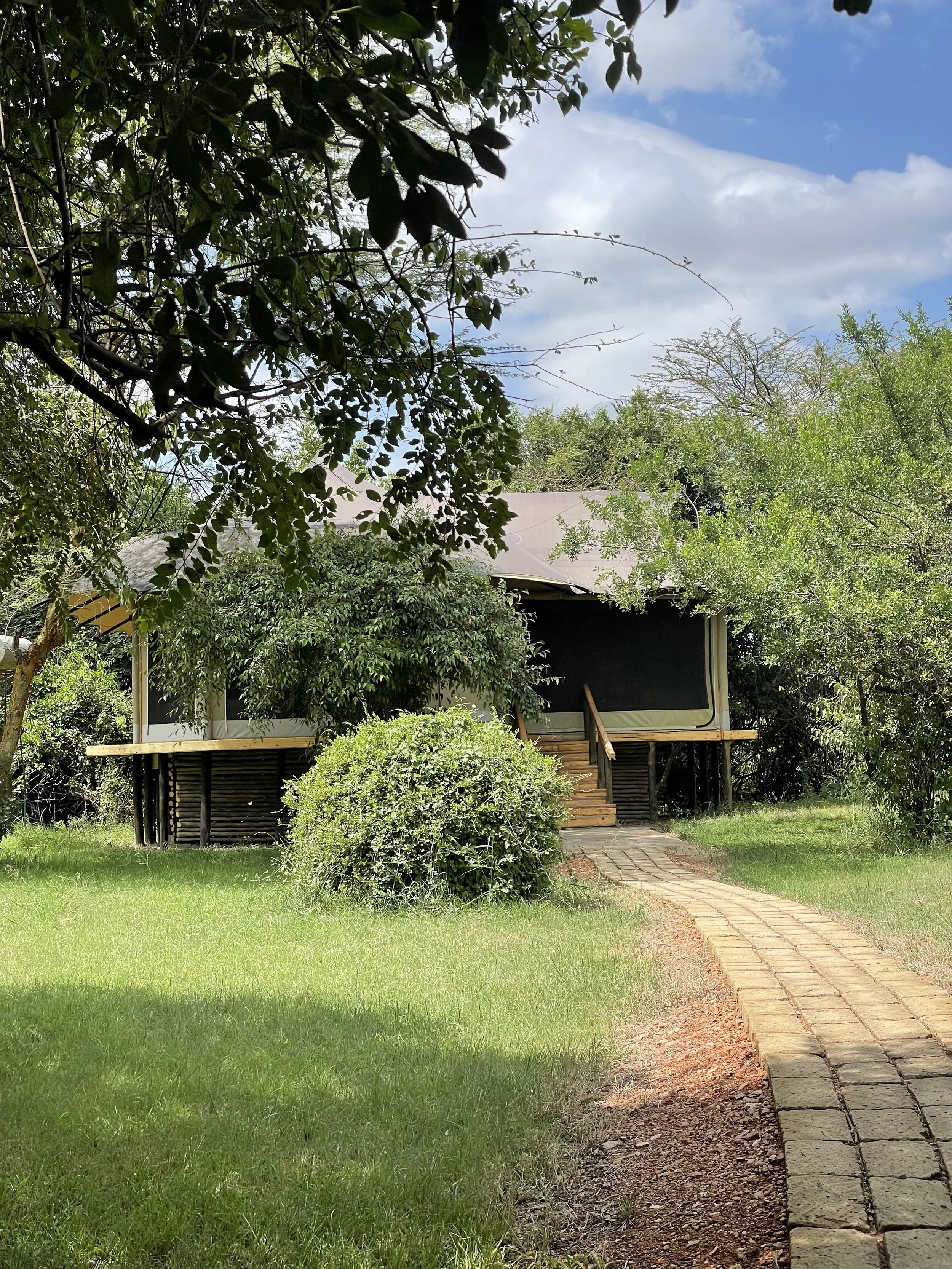What is Sustainable Tourism?
Let’s be honest- over the years the word “tourist” has earned a bad rep. When’s the last time you positively referred to a tourist? Being a tourist implies willful ignorance and a lack of respect and/or appreciation for the culture you’re visiting. To avoid making that impression, we try to look like we belong and do a little research about our destination before showing up. But how can you go further than that?
According to the World Tourism Organization, sustainable tourism “takes full account of its current and future economic, social and environmental impacts, addressing the needs of visitors, the industry, the environment and host communities.” I first learned about sustainable tourism on a 3 week study abroad term in Belize. We traveled around the country with a local guide and we spent a lot of time talking to Belizeans about their thoughts on tourism. I remember how upset they were at how most tourists came in with such little respect for the country or the people that lived there. They were especially anti-cruise which is why to this day, I have never taken a cruise (no judgement on those that have though). Before talking to them, I didn’t think much about my impact as a tourist but my eyes were definitely opened. Their main gripe when it came to cruise tourism was how little the locals benefitted from the industry. Port towns were built and filled with foreign owned stores so despite the fact that visitors were spending money in Belize, none of their money was actually staying in the country. And even if people wanted to patronize real local businesses by the time they got out of the port town, they wouldn’t have a long time to explore as the ships only gave travelers a few hours on land.
By no means am I trying to talk you out of cruises! But I am trying to push you towards sustainable tourism actions, which can be taken no matter how you enter the country. What can you do to practice sustainable tourism?
Shop Local: And when I say local, I mean local. The mom and pop shop. The fruit stand on the side of the road. This means your money stays in the local economy and helps the people you’re seeing around you.
Use local guides: If you’re planning to sightsee with a guide, find a small business or an individual offering the service versus a large, likely foreign owned corporation.
Eat local food: Consider the foods that can be locally grown. While many businesses cater to the at home eating habits of visitors, think about everything that has to happen to get that food to you. The supply chain is much simpler if you opt for locally grown produce.
Use efficient modes of transportation: Opt for travel modes with less environmental impact whenever possible. Especially in Europe where they have a great train system that can take you across the EU.
Choose sustainable lodging: And no, a hotel claiming they’re “sustainable” doesn’t count. A quick search on their website should show you their sustainability practices such as how they conserve water or energy and how they encourage their guests to do the same. For example, when we went on safari instead of turning on lights during the day, every available window was opened to allow natural light in and we were never given plastic water bottles to potentially discard as trash where they didn’t belong.
There’s nothing wrong with wanting to travel and see the world. In fact, there are many places where the economy thrives solely due to tourism. Your vacation can change your life and the money you spend can change someone else’s. Keeping your impact in mind ensures that people that come after you can have the same, if not a better, experience.
Safe Travels,
Briana



